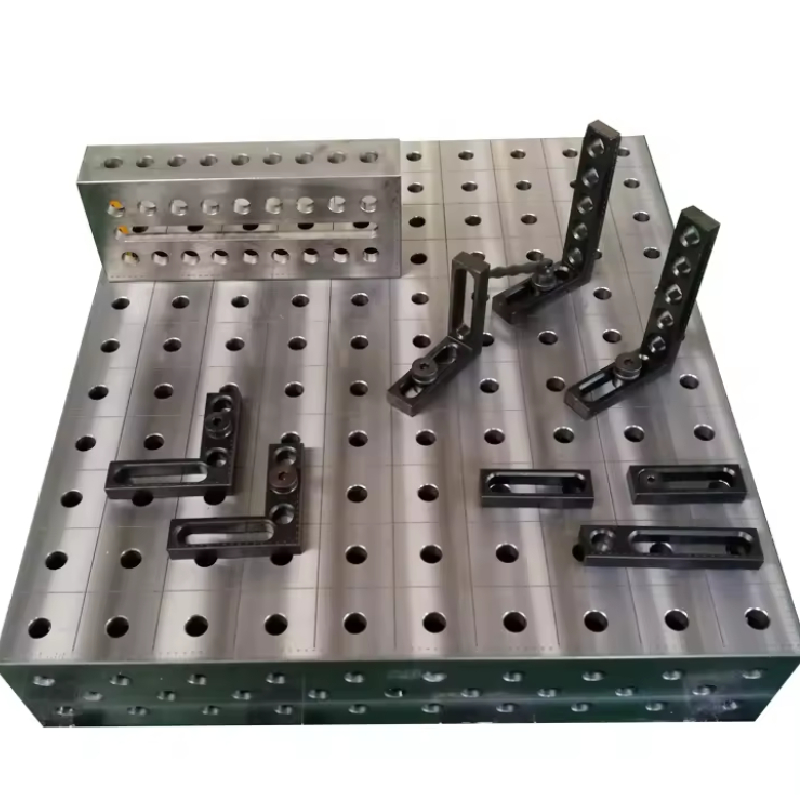Nën . 07, 2024 10:08 Back to list
Choosing the Right Gate Valves for Water Management Systems
Understanding Gate Valves for Water Systems
Gate valves are essential components in various water distribution systems, playing a crucial role in controlling the flow of water. These valves are widely used in municipal water treatment facilities, irrigation systems, and industrial processes. Understanding the design, operation, and applications of gate valves can help engineers and operators ensure the efficiency and reliability of water systems.
Design and Functionality
Gate valves are characterized by their unique design, which consists of a flat gate that can be raised or lowered to control the flow of fluid. The primary function of a gate valve is to provide a straight-line flow with minimal pressure loss when the valve is fully open. This design is particularly advantageous for systems where full flow is required, such as in water pipelines.
The gate is usually made from materials like stainless steel, brass, or cast iron, depending on the application's requirements. The sealing surfaces are often coated with various materials to prevent corrosion and wear, which helps extend the valve's life. Gate valves can be operated manually with a handwheel or automatically with actuators, depending on the system's complexity and requirements.
Types of Gate Valves
There are several types of gate valves, each tailored to meet specific operational needs. The most common types include
1. Rising Stem Gate Valves This design features a stem that rises as the valve opens, allowing operators to easily see whether the valve is open or closed. This type is ideal for applications where visual confirmation is necessary.
2. Non-Rising Stem Gate Valves In contrast, non-rising stem valves do not raise the stem during operation. They are compact and suited for installations with limited vertical space. The stem movement is achieved purely by turning the handwheel.
3. Wedge Gate Valves These are commonly used in water applications and have a wedge-shaped gate that fits into the valve body. The wedge can be either solid or flexible, providing a reliable seal against pressure and preventing leakage.
4. Parallel Gate Valves These valves use parallel plates instead of a wedged shape and are typically used in large-diameter pipelines. They provide a uniform sealing surface and can handle higher pressures without deforming.
Applications in Water Systems
gate valves for water

Gate valves are predominantly employed in water systems because of their ability to handle large volumes and their low-pressure drop characteristics. Some common applications include
- Water Distribution Networks Gate valves are used at various points in municipal water supply systems to enable operators to isolate portions of the network for maintenance or emergency repairs. - Irrigation Systems Farmers and agricultural producers utilize gate valves to control water flow to fields, allowing for efficient irrigation practices.
- Industrial Processes In industries where water is a crucial component, such as power generation and manufacturing, gate valves help control water flow in cooling systems and process lines
.Advantages of Gate Valves
Gate valves offer several advantages in water applications
- Low Flow Resistance When fully opened, these valves create a path with minimal resistance, allowing for efficient fluid movement.
- Durability With proper maintenance, gate valves can have a long service life. Their robust construction can withstand harsh conditions and high pressures.
- Simplicity of Design The straightforward mechanism of gate valves makes them easy to operate and maintain. This reduces operational complexity and can lead to fewer failures in the system.
Challenges and Considerations
Despite their advantages, gate valves also come with challenges. One major concern is that they are not designed for throttling, and using them in a partially open position can cause cavitation or other issues. Additionally, regular maintenance is crucial to prevent corrosion and ensure smooth operation. Operators must also consider the valve's position and the pipeline layout when installing gate valves to optimize flow and minimize disruption.
Conclusion
Gate valves play a pivotal role in maintaining the efficiency and reliability of water systems. Their design allows for minimal pressure loss and straightforward operation, making them a preferred choice for various applications. By understanding the characteristics and appropriate applications of gate valves, professionals can ensure optimal performance and longevity of their water management systems.
-
Right Angle Ruler Innovations in Measuring ToolsNewsJul.18,2025
-
Parallel Ruler Maintenance for Long-Term AccuracyNewsJul.18,2025
-
Magnetic V Block 4 Inch Cost Effectiveness AnalysisNewsJul.18,2025
-
Internal Thread Gauge Innovations for Faster InspectionNewsJul.18,2025
-
Ground Anchor Applications in Construction and LandscapingNewsJul.18,2025
-
Butterfly Valve Types StandardsNewsJul.18,2025
Related PRODUCTS









